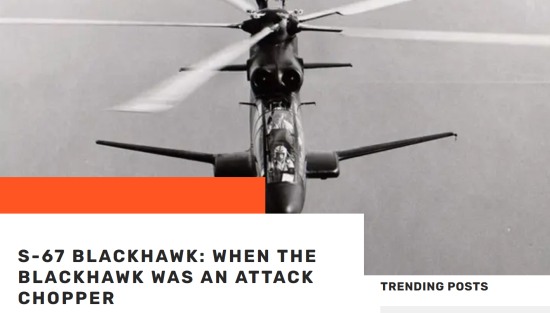
A Dozen-Year Journey Across the Afghan War
393 pages. Black-and-white photos at section breaks.
The framework of this book is the final visit by a veteran journalist to Afghanistan, retracing some of his journeys over the previous twelve years of war, and contrasting how things were then and now.
Kevin Sites first went into Afghanistan to cover the Northern Alliance's offensive against the Taliban in 2001 for American news network NBC. He has since been to Afghanistan five times, and in this book he returns in 2013 on the eve of the planned withdrawal of American troops (which, in fact, didn't happen).
The book is divided into sections, in the order in which the author visited different areas of Afghanistan. He alternates between describing his final visit to these places, and his previous visits over twelve years of the war. Sometimes, he quotes from his diaries or from his own previous articles.
The title of the book comes from an experience when the author once interviewed one of the warlords in Afghanistan, and they did in fact swim together in a swift mountain river. While an interesting tale, I think it gives the wrong impression that this book is going to be primarily about warlords or warfare. In fact, Sites' objective is to cover a wide range of topics having to do with Afghanistan, its culture and people, as they have been affected by the years of warfare.
This is not to say that there is no 'warfare' in the book, but that 'combat' is not the focus. Sites' description of the Northern Alliance's offensive is mostly the tale of driving across the county, trying to keep up with the front lines. When he describes being with the troops over the years, it is usually going on uneventful patrols with them or describing their bases. He describes his frustration at times at being unable to cover the fighting in person, due to the dangers to journalists there.
One highlight is the author's coverage of Human Terrain Teams, which was the result of a controversial policy of embedding anthropologists with the U.S. Army, in an effort to provide military leaders with better information about the local society. Some criticized the program for 'militarizing' anthropology, and Sites interviews several of those involved in the program.
A rare glimpse at a tactical action comes early in the book, but Sites' purpose is not to describe combat, but to tell us how several inexperienced journalists died early in the war. A Northern Alliance leader had received word that the Taliban had withdrawn from their bunkers across the valley, and decided to go forward in an APC to investigate. When a party of journalists asks to come along, they are warned of the dangers, but allowed to ride on the exposed top of the vehicle. As the APC proceeds on its scouting mission, following previous vehicle tracks to avoid mines, it rounds a corner and comes under fire. The APC retreats to safety, with the journalists diving for cover or holding on as best they can. Later, as the Taliban eventually withdraw, Northern Alliance troops take the bunker line and locate the bodies of several journalists.
Through the course of the book, Sites explains the political landscape of Afghanistan, describes the culture and religion, talks about drug abuse, the status of women, and even rape culture and so-called dancing boys (he later finds out that a teenage Afghan boy working as a house boy for them was being raped by their Afghan security man, and eventually committed suicide). He talks about skateboard parks, Afghan martial arts, working women, wife shopping, and the behind-the-scenes life of a journalist on assignment.
He is also writing at a time when the U.S. was expected to withdraw its soldiers from Afghanistan within the year, so much of the book concerns whether Afghanistan was ready in 2013 to stand on its own feet – the author's observations are largely negative, and one of the chapter titles is America's Post-9/11 Legacy in Shambles.
I highly recommend this book for those desiring to learn more about the Afghan war, particularly the politics and the society. He even explains why some Afghans would prefer the return of the Taliban to the continuing corruption of the Afghan government. Those looking for details of the warfare, however, will find only a few tidbits.
Reviewed by ![]() Editor in Chief Bill
Editor in Chief Bill ![]()
![]() .
.








